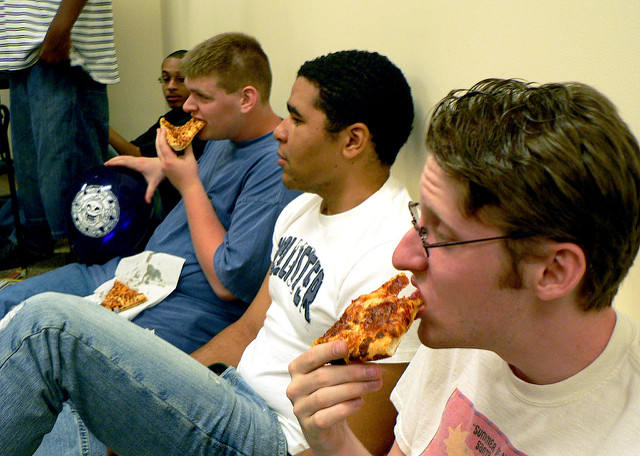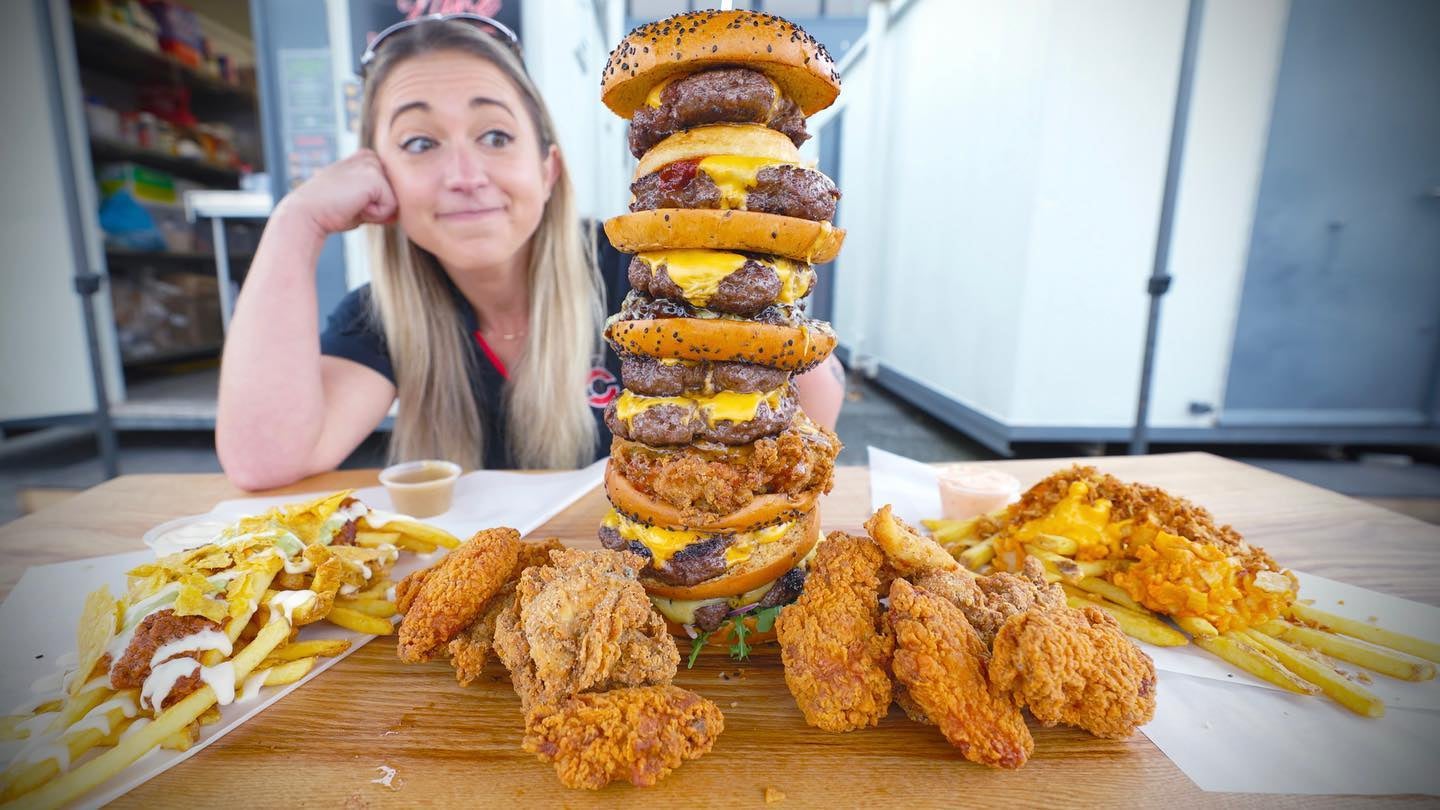Food triggers memories, emotions and much more, according to our guest. She examines our complex relationship with food and reveals how our senses, our mind and our environment are woven into our experience of eating. She also shares solutions for those who are trying to consume fewer calories this year and ways to can gain self-control over unhealthy cravings.
Featured in this Show
-
Beyond Flavor: How Texture, Color And Genes Affect Taste
The way food tastes goes far beyond flavor. From the color of the plate to the packaging of the product to the memories made while eating, all of these variables factor in to whether something tastes repulsive or divine.
For author Rachel Herz, “basically everything” shapes the way food tastes. Herz joined WPR’s “The Morning Show” to discuss her new book “Why You Eat What You Eat: The Science Behind Our Relationship with Food.”

Here are a few of her favorite takeaways.
Taste buds don’t actually dull with age
It’s a common factoid: as you get older you lose taste buds, but Herz said that isn’t exactly the case. Instead, she notes that sense of smell decreases with age and smell is an incredibly important indicator for how things taste.
Your sense of taste does decline a bit as you age, but your sense of smell declines much more. For most people, their sense of smell starts to decline by their mid-50s, Herz said.
“It is typically the case that by your mid-60s, and certainly as you get older past that, a significant portion of the population has substantially lost their ability to smell,” she added.
People tend to add salt to their food to try to enhance the taste, but that does nothing to compensate for the loss of smell, she said.
A love of spicy food may be inherent
For Herz, a love of spicy foods may start in the womb.
She explains that liking spicy foods is connected to something called “sensation seeking.”
“So people who like to get lots of exciting experiences in life tend to be those who also like exciting experiences with their food,” Herz said.
Liking spicy foods is also connected to taste sensitivity — how many taste buds you have and whether you’re a supertaster, a nontaster or somewhere in between, she explains.
Supertasters, or people with high sensitivity and more taste buds, tend to dislike spicy foods, and the opposite is true for nontasters, people with lower sensitivity and fewer taste buds.
Color matters
The color of our food and the plates we eat on can do a real number on our perception of quality, Herz said.
Red is one example of a color that effects both hunger and taste.
Herz said red-toned foods augment our perception of sweetness since red fruits, like apples and strawberries turn a deeper red when they’re riper and sweeter. Herz suggests that if you’re looking to reign in your sweet tooth but still want to have dessert, try putting a dessert with pink or red tones, like strawberry ice cream, on a white plate to make the pinks and reds really pop.
Conversely, if you put a dessert or main course on a red plate, it can make you eat less.
“This is because red — in nature, as well as in built society — is a signal for ‘stop,’ or ‘pay attention,’ or ‘danger, look around.’ And so when we see red, we automatically sort of pull back for a second and take stock,” she said.
Comfort foods actually comfort us
Fatty and sweet foods activate pleasure centers in the brain. So when you want Twinkies after a bad day at work, there’s actual brain chemistry behind that craving.
“Sweet, along with fat, (are) taste sensation(s) that we are programed to love,” Herz said.
Additionally, people often crave comfort foods associated with being taken care of as a child. So, your desire to eat boxed mac ‘n’ cheese five days in a row after a break up isn’t just about the fat and carbs; it’s about the fact that your mom used to make it for you.
“Foods specifically connected to times when we were being taken care of, and foods (given) by our primary caregivers are foods that end up in the comfort food category, and we go to them when we are feeling kind of blue or distressed,” she said.
Our guts and the placebo effect
A study fed participants two totally identical smoothies. The only difference between the smoothies was that one was labeled as indulgent and decadent, and the other smoothie was labeled as sensible and low-calorie.
“When (the study participants) consumed (the smoothie) with the label that said ‘high-calorie’ and ‘decadent,’ they burned more calories (and) their metabolism went up. (With) the low-calorie labels, nothing happened; the body was kind of at stable standstill,” Herz said. “When we believe something is really decadent and high-calorie, we actually rev up our metabolisms to consume it.”
That study might also teach us to stay away from foods labeled as low-fat and low-calorie, because the calorie count doesn’t matter all that much; it’s what we believe or expect, she said.
Episode Credits
- Kate Archer Kent Host
- Nyajai Ellison Producer
- Rachel Herz Guest
Wisconsin Public Radio, © Copyright 2024, Board of Regents of the University of Wisconsin System and Wisconsin Educational Communications Board.


